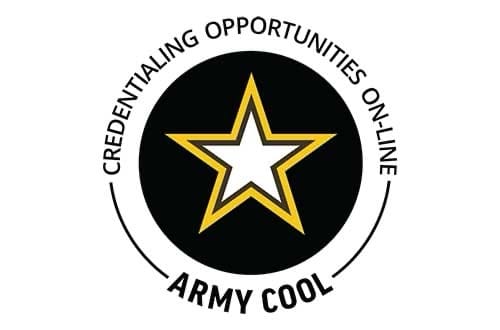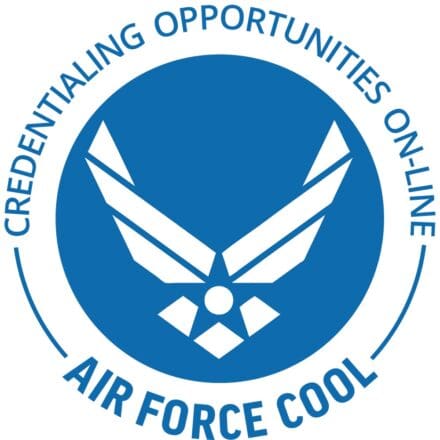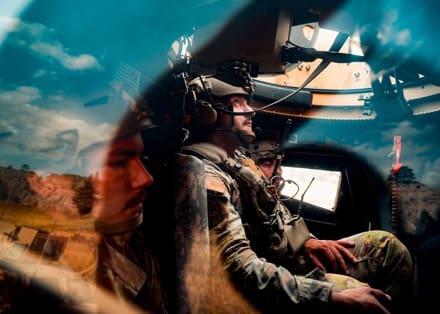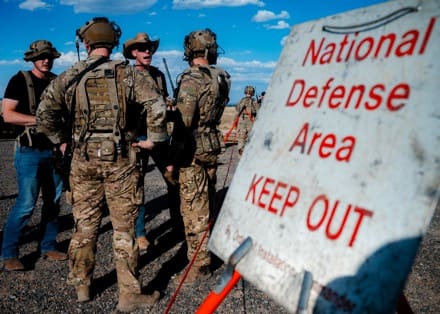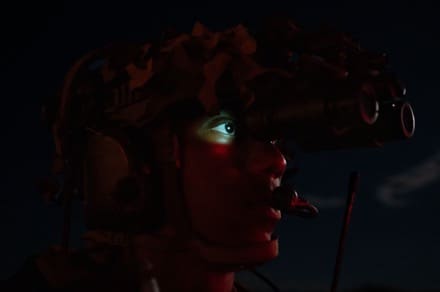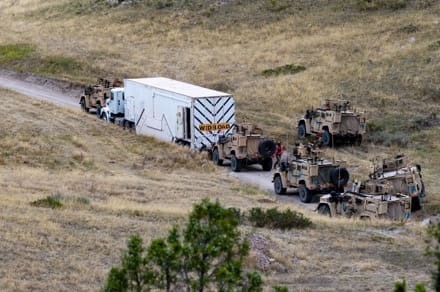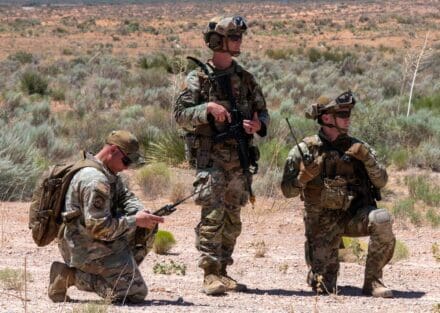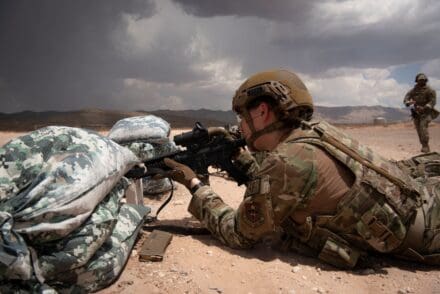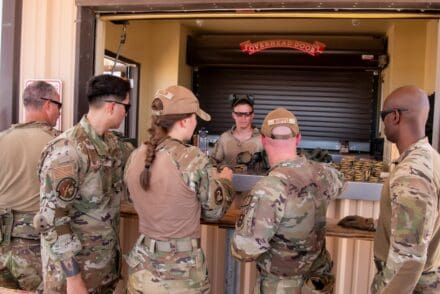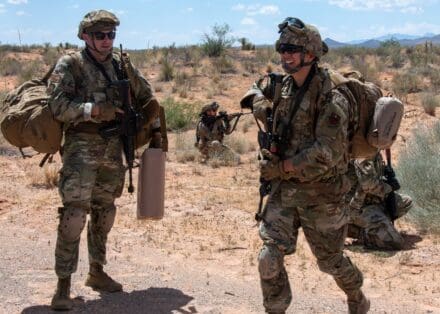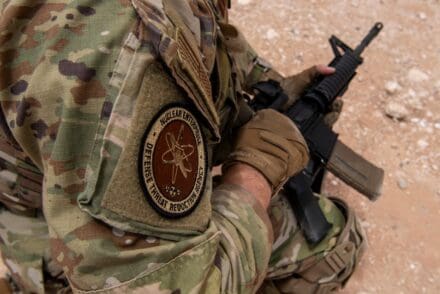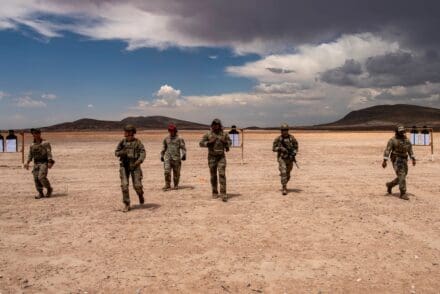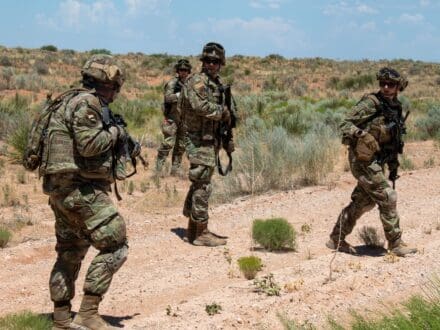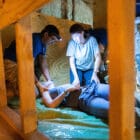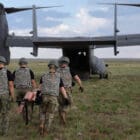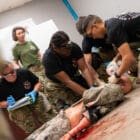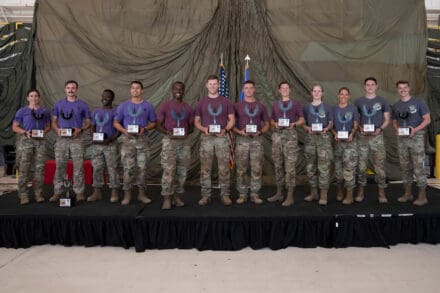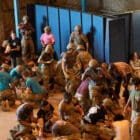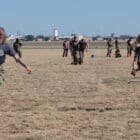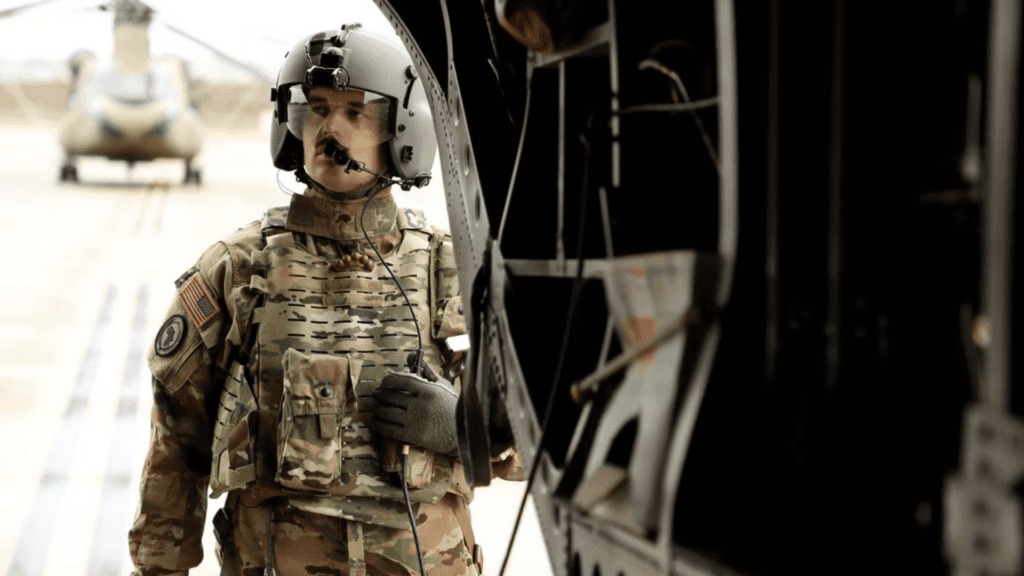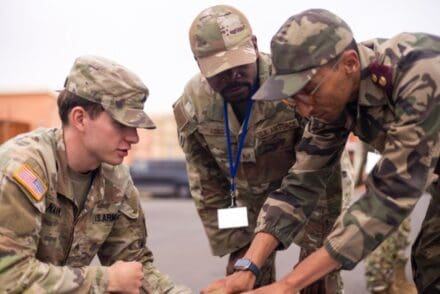Partnership expands on never-ending commitment to veterans and active-duty military members, with tax-free shopping and all exchange earnings going to support military communities
Bass Pro Shops is excited to announce an agreement has been signed to become the official outdoor gear retailer for the Army & Air Force Exchange Service, launching this year at ShopMyExchange.com.
The Army & Air Force Exchange Service, the Department of Defense’s largest military exchange, operates nationwide and in more than 30 countries. Later this year, all active-duty service members, dependents, retirees, Department of Defense civilians and retirees and honorably discharged Veterans who have confirmed their eligibility through ShopMyExchange.com/vets will be able to reel in deals on the best outdoor gear from Bass Pro Shops.
“We can never adequately thank our nation’s heroes for the sacrifice shown in service to our great country, we are all deeply grateful for what they do every day to protect the freedoms we are blessed to enjoy here in the USA,” said noted conservationist and Bass Pro Shops founder Johnny Morris. “To be named the Official Outdoor Gear Provider for the Army & Air Force Exchange Service makes this one of the proudest days in the history of our company.”
Veterans, active-duty service members and their dependents will have the opportunity to shop the leading outdoor brands from Bass Pro Shops tax-free, and the prices they see on the shelf will have the 10 percent Legendary Salute military discount Bass Pro Shops is known for already built in. Additionally, 100 percent of Exchange earnings support the military community, including critical quality-of-life programs. This will bring outdoor experiences to our nation’s heroes, with the convenience and savings they deserve.
“Nature leads to healing, to adventure and a lifetime of the best memories,” said Tom Shull, Director/CEO of AAFES. “Together, Johnny Morris, Bass Pro Shops and the Exchange will help service members and Veterans enjoy the wonder and healing nature offers. Team Exchange looks forward to connecting heroes with the land they fiercely fight to protect.”
Bass Pro Shops’ Commitment to Veterans and to the U.S. Army Community
This partnership is an extension of the support shown by Johnny and Bass Pro Shops – North America’s premier outdoor retailer and three-time honoree as America’s Best Outdoor Retailer by Newsweek – for our heroes in the armed forces.
This commitment stems in part from the respect Johnny holds for his father, John A. Morris, a decorated World War II veteran who fought in the Battle of the Bulge.
For decades, Bass Pro Shops and Cabela’s has been committed to hiring those who have served our nation. Currently, nearly 3,000 veterans or active-duty military personnel are employed as Outfitters.
Legendary Salute Discount
For over 25 years, Bass Pro Shops and Cabela’s have offered discounts to veterans and active-duty military members as a token of appreciation for our true heroes.
The Legendary Salute Discount offers 10 percent off on almost everything in all Bass Pro Shops and Cabela’s locations in the United States and Canada, offered to veterans, active military, law enforcement officers, firefighters, and fish and wildlife officers.
Veterans Tower at Thunder Ridge Nature Arena
One of the most striking features of the new not-for-profit Thunder Ridge Nature Arena is the Veterans Tower, inspired by historic national park and forest service fire and wildlife viewing towers. The breathtaking 12-story tower serves as a tribute to honor of all of our veteran heroes, including John A. Morris.
During the recent Rolling Stones concert, Bass Pro Shops hosted over 1,000 veteran Outfitters and their families from 22 states.
Johnny Morris and Bass Pro Shops Recipient of The National Service Award
The U.S. Army’s Highest Civilian Award
In 2022, Johnny Morris and Bass Pro Shops received the U.S. Army’s highest civilian honor, the prestigious National Service Award, from the Association of the United States Army. This award was presented in recognition of exemplary service and demonstrated enduring support to the American Soldier and the United States Army community, honoring a decades-long commitment to supporting veterans.
The award was presented during a special gathering at the Association’s annual conference in Washington, D.C., attended by more than 40,000 soldiers from across the country and around the world, representing allied armies from 200 nations.
Helping a Hero 100 Homes Challenge
Partnering with the organization Helping a Hero, Bass Pro Shops is improving the lives of disabled American veterans and their families across the country.
Through this partnership, Bass Pro Shops paid the mortgage on 10 specially adapted homes for disabled veterans and issued a challenge grant to fund 25 percent of the construction cost on the next 100 homes built by the organization.
To date, 28 homes have been awarded to deserving veteran heroes, with another 11 planned by the end of 2024.
Folds of Honor
With the support of customers from across the United States, Bass Pro Shops made a $300,000 donation to Folds of Honor in 2021, supporting an organization that provides educational scholarships to the families of fallen U.S. soldiers.
Since the organization was formed in 2007, more than 52,000 educational scholarships have been awarded to the families of American fallen or disabled military and first responders.
Patriots Park
Through charitable donations from Bass Pro Shops and its Legends of Golf tournaments, Patriots Park at College of the Ozarks was created to honor fallen military members. Donations funded Missouri’s Vietnam, Korean and Gold Star Families memorials located there.
Patriots Park sits near the entrance of the College of the Ozarks campus, where The Missouri Vietnam Veterans Memorial honors the 1,410 servicemen and women from Missouri who gave their lives during the war. Built and designed by students, this memorial serves as Missouri’s official Vietnam memorial.
Camp Homefront
Bass Pro Shops is proud to sponsor and support Tom and Jen Satterly with the All Secure Foundation. Its mission with Camp Homefront is to provide Special Operations warrior couples with workshops specializing in results-driven tools and tactics to help them reconnect after living through the effects of war trauma and countless deployments apart.
More than 5,000 Special Operations warriors and spouses have been through programs and training with the All Secure Foundation, with more than 450 individuals attending Camp Homefront.
Other Support
Bass Pro Shops and Cabela’s also hosts a variety of diverse programs and events to support active-duty military members and veterans, including annual Fishing Dreams outings, serving as a primary sponsor for the Shadow Warrior Project’s golf tournaments, the 2021 Missouri Veterans Fishin’ Contest that connected veterans with outdoor experiences, and providing a free day away annually to hundreds of soldiers at Missouri’s Fort Leonard Wood, with a visit to the Wonders of Wildlife National Museum & Aquarium for those unable to be with their families during holiday block leave.
To learn more about the Exchange program, please visit ShopMyExchange.com.



